





 |
 |
 |
 |
 |
 |
| Richard Stone | profile | all galleries >> Middle East >> Iran >> Naqsh-e Rustam | tree view | thumbnails | slideshow |

Tomb of Darius the Great (522-486 BC) |
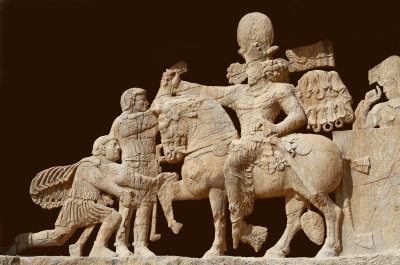
Triumph Relief of Shapur I |
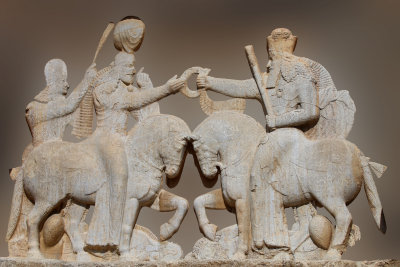
Investiture of Ardashir I |
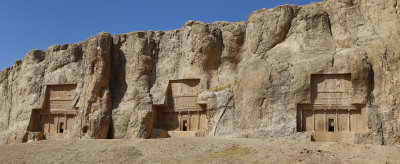 Naqsh-e Rustam |
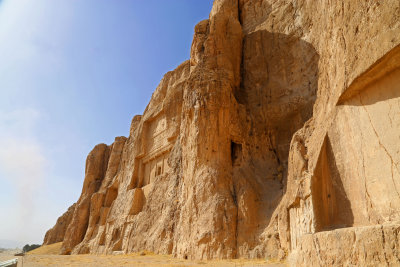 Naqsh-e Rustam |
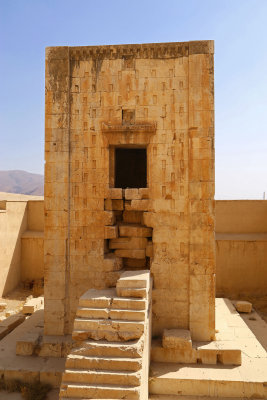 The Ka'ba of Zoroaster |
 The Ka'ba of Zoroaster |
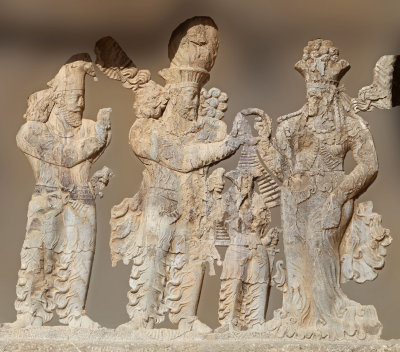
Investiture of Narse |
| comment | share |